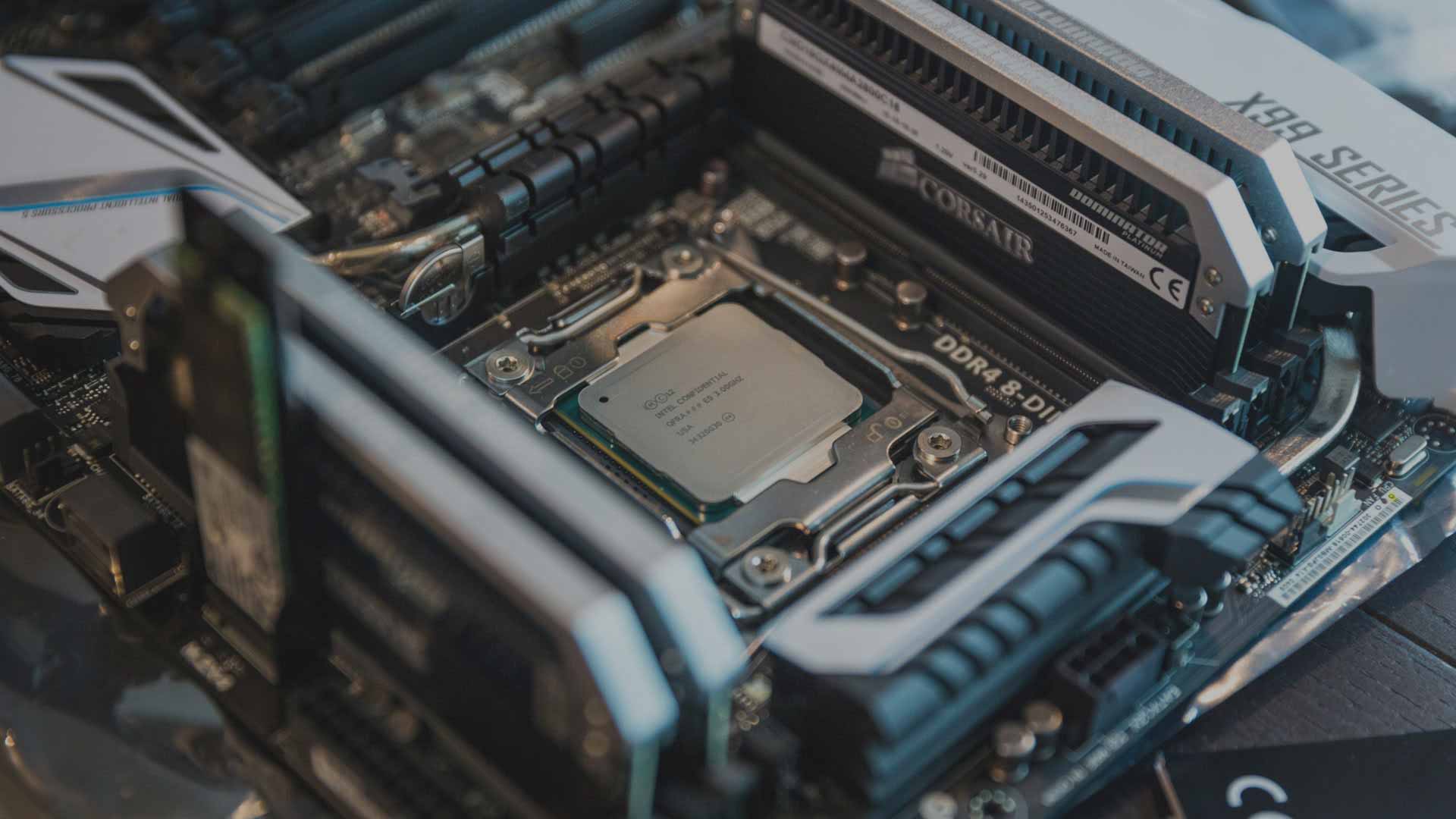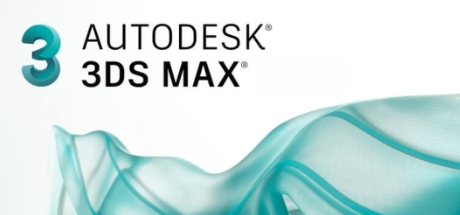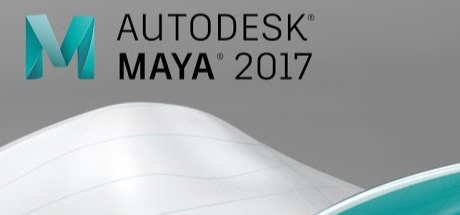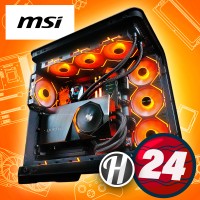
Nvidia GTX 1650 - 4GB GDDR6 vs. Intel Arc A580 Graphics - 8GB
In diesem Vergleich von Nvidia GTX 1650 - 4GB GDDR6 versus Intel Arc A580 Graphics - 8GB vergleichen wir die technischen Daten der beiden GPUs. Welche Grafikkarte ist schneller? Hier gibt es FPS & Benchmarks in Gaming und Anwendungen. Außerdem Daten zu Verbrauch, Effizienz (FPS pro Watt) und Preis-Leistung (FPS pro Euro).
Hinweis: Unsere Links sind Affiliate Links. Wir erhalten beim Kauf eine kleine Provision, ohne dass sich euer Preis erhöht.

Allgemeine Informationen
| Günstigster Preis |
|
|
| Hersteller | ||
| Serie | NVIDIA GeForce GTX 1650 - 4GB GDDR6 | Intel Arc A580 Graphics - 8GB |
| Chip-Architektur | Turing (ab 2019/Q1) | Xe-HPG "Alchemist" (ab 2022/Q1) |
| Chip-Bezeichnung | TU106-125-A1 | ACM-G10 / DG2-512 |
| Fertigung | TSMC 12 nm | TSMC 6 nm |
| Chip-Größe | 445 mm² | 406 mm² |
Spezifikationen
Die Anzahl der Recheneinheiten, die Taktraten sowie die Größe des Cache sind neben der zugrunde liegenden Architektur ein Indiz für die Leistungsfähigkeit eines Produkts. Die Nvidia GTX 1650 - 4GB GDDR6 verfügt über 896 FP32-ALUs und hat damit deutlich weniger Recheneinheiten als die Intel Arc A580 Graphics - 8GB mit 3072 FP32-ALUs. Der Boost-Takt der Nvidia GTX 1650 - 4GB GDDR6 liegt mit 1590 MHz weniger als/wie bei der Intel Arc A580 Graphics - 8GB mit 2000 MHz.
| Basis-Takt | 1410 GHz | 1700 GHz |
| Boost-Takt | 1590 GHz | 2000 GHz |
| Chip-Konfiguration | 14SM (896SP / 56TMU / 32ROP) | 24Xe / 384EU (3072SP / 192TMU / 96ROP) |
| Rechenleistung | 5.7 TFLOPS (FP16), 2.85 TFLOPS (FP32), 0.09 TFLOPS (FP64) | 24.58 TFLOPS (FP16), 12.29 TFLOPS (FP32), N/A (FP64) |
Kompatibilität und Abmessungen
| Schnittstelle | PCIe 3.0 x16 | PCIe 4.0 x16 |
Speicher
Die Nvidia GTX 1650 - 4GB GDDR6 verfügt über 4 GB GDDR6 Videospeicher, welcher an ein 128 Bit Speicherinterface angebunden ist und mit 12 Gbps taktet. Die Speicherbandbreite liegt damit bei 192 GB/s. Bei der Intel Arc A580 Graphics - 8GB sind dagegen 8 GB GDDR6 VRAM mit einer Taktrate von 16 Gbps an einem 256 Bit Speicherinterface angeschlossen. Daraus resultiert eine Speicherbandbreite von 512 GB/s.
| Speicherkapazität | 4 GB | 8 GB |
| Speichertyp | GDDR6 | GDDR6 |
| Speicherinterface | 128 Bit | 256 Bit |
| Speichertakt | 12 Gbps (1500 MHz) | 16 Gbps (2000 MHz) |
| Speicherbandbreite | 192 GB/s | 512 GB/s |
Transcoding-Engine
| NVENC | 1x (7th Gen, max. Sessions: 8) | - |
| NVDEC | 1x (4th Gen) | - |
Encoding
| H.265 | ✓ (4K YUV 4:2:0 / 4K YUV 4:4:4 / 4K Lossless / 8K / HEVC 10bit support / HEVC B Frame support) | ✓ (4K YUV 4:2:0 / 4K YUV 4:4:4 / HEVC 10bit support) |
| H.264 | ✓ (YUV 4:2:0 / YUV 4:4:4 / Lossless) | ✓ (YUV 4:2:0 / YUV 4:4:4) |
Decoding
| H.265 | ✓ (8bit 4:2:0 / 10bit 4:2:0 / 12bit 4:2:0 / 8bit 4:4:4 / 10bit 4:4:4 / 12bit 4:4:4) | ✓ (8bit 4:2:0 / 10bit 4:2:0 / 12bit 4:2:0 / 8bit 4:4:4 / 10bit 4:4:4 / 12bit 4:4:4) |
| H.264 | ✓ | ✓ |
| VP9 | ✓ (8bit / 10bit / 12bit) | ✓ (8bit / 10bit / 12bit) |
| VP8 | ✓ | ✓ |
| VP8 | ✓ | ✓ |
| VP8 | ✓ | - |
| VP8 | ✓ | ✓ |
API-Unterstützung
| DirectX | 12 (12_1) | 12 Ultimate (12_2) |
| CUDA | 7.5 | - |
| Vulkan | 1.3 | 1.3 |
| OpenCL | 3.0 | 3.0 |
| OpenGL | 4.6 | 4.6 |
| Shader Modell | 6.7 | 6.6 |
| Multi-GPU-Unterstützung | - | - |
Chip-Unterstützungen
| Raytracing | - | ✓ |
| NVIDIA Tensor | - | - |
| HDCP | 2.2 | - |
Sonstiges
| Einführung | 18.06.2020 | 10.10.2023 |
| Herstellergarantie | drei Jahre (ab Produktionsdatum, Abwicklung über Fachhändler) | zwei Jahre (Abwicklung über Händler) |
Spiele

- NVIDIA GeForce GTX 1650 - 4GB GDDR6AVG100.00 %1%100.00 %
- Intel Arc A580 Graphics - 8GBAVG231.46 %1%236.39 %

- NVIDIA GeForce GTX 1650 - 4GB GDDR6AVG11 FPS1%8.4 FPS
- Intel Arc A580 Graphics - 8GBAVG24.6 FPS1%18.2 FPS

- NVIDIA GeForce GTX 1650 - 4GB GDDR6AVG28.1 FPS1%14.4 FPS
- Intel Arc A580 Graphics - 8GBAVG64 FPS1%40.3 FPS

- NVIDIA GeForce GTX 1650 - 4GB GDDR6AVG132.9 FPS1%63.6 FPS
- Intel Arc A580 Graphics - 8GBAVG205 FPS1%113.4 FPS

- NVIDIA GeForce GTX 1650 - 4GB GDDR6AVG19.5 FPS1%15.4 FPS
- Intel Arc A580 Graphics - 8GBAVG52.3 FPS1%43.9 FPS

- NVIDIA GeForce GTX 1650 - 4GB GDDR6AVG42.6 FPS1%37.1 FPS
- Intel Arc A580 Graphics - 8GBAVG65.6 FPS1%59.6 FPS

- NVIDIA GeForce GTX 1650 - 4GB GDDR6AVG18.7 FPS1%12.4 FPS
- Intel Arc A580 Graphics - 8GBAVG84.5 FPS1%43.6 FPS

- NVIDIA GeForce GTX 1650 - 4GB GDDR6AVG26.8 FPS1%17.5 FPS
- Intel Arc A580 Graphics - 8GBAVG67.2 FPS1%43.4 FPS

- NVIDIA GeForce GTX 1650 - 4GB GDDR6AVG34.8 FPS1%28.9 FPS
- Intel Arc A580 Graphics - 8GBAVG86 FPS1%74.1 FPS

- NVIDIA GeForce GTX 1650 - 4GB GDDR6AVG11.5 FPS1%6.2 FPS
- Intel Arc A580 Graphics - 8GBAVG39.1 FPS1%26.6 FPS

- NVIDIA GeForce GTX 1650 - 4GB GDDR6AVG47.9 FPS1%35.1 FPS
- Intel Arc A580 Graphics - 8GBAVG97.2 FPS1%68 FPS

- NVIDIA GeForce GTX 1650 - 4GB GDDR6AVG17.1 FPS1%13.7 FPS
- Intel Arc A580 Graphics - 8GBAVG13.4 FPS1%10.1 FPS

- NVIDIA GeForce GTX 1650 - 4GB GDDR6AVG37.5 FPS1%30.8 FPS
- Intel Arc A580 Graphics - 8GBAVG67 FPS1%50.4 FPS

- NVIDIA GeForce GTX 1650 - 4GB GDDR6AVG0.08 FPSIntel Arc A580 Graphics - 8GBAVG0.40 FPS

- NVIDIA GeForce GTX 1650 - 4GB GDDR6AVG0.53 FPSIntel Arc A580 Graphics - 8GBAVG0.41 FPS
Spiele (RT)
Produktivität

- NVIDIA GeForce GTX 1650 - 4GB GDDR6AVG100.00 %Intel Arc A580 Graphics - 8GBAVG223.92 %

- NVIDIA GeForce GTX 1650 - 4GB GDDR6PKT22.34 PunkteIntel Arc A580 Graphics - 8GBPKT42.11 Punkte

- NVIDIA GeForce GTX 1650 - 4GB GDDR6PKT144.9 PunkteIntel Arc A580 Graphics - 8GBPKT171 Punkte

- NVIDIA GeForce GTX 1650 - 4GB GDDR6PKT18.5 PunkteIntel Arc A580 Graphics - 8GBPKT47.3 Punkte

- NVIDIA GeForce GTX 1650 - 4GB GDDR6PKT10.8 PunkteIntel Arc A580 Graphics - 8GBPKT37.08 Punkte

- NVIDIA GeForce GTX 1650 - 4GB GDDR6PKT32.77 PunkteIntel Arc A580 Graphics - 8GBPKT50.4 Punkte

- NVIDIA GeForce GTX 1650 - 4GB GDDR6PKT34 PunkteIntel Arc A580 Graphics - 8GBPKT76 Punkte

- NVIDIA GeForce GTX 1650 - 4GB GDDR6PKT60.72 PunkteIntel Arc A580 Graphics - 8GBPKT159.96 Punkte

- NVIDIA GeForce GTX 1650 - 4GB GDDR6PKT20.27 PunkteIntel Arc A580 Graphics - 8GBPKT49.67 Punkte

- NVIDIA GeForce GTX 1650 - 4GB GDDR6AVG0.10 FPSIntel Arc A580 Graphics - 8GBAVG0.44 FPS


